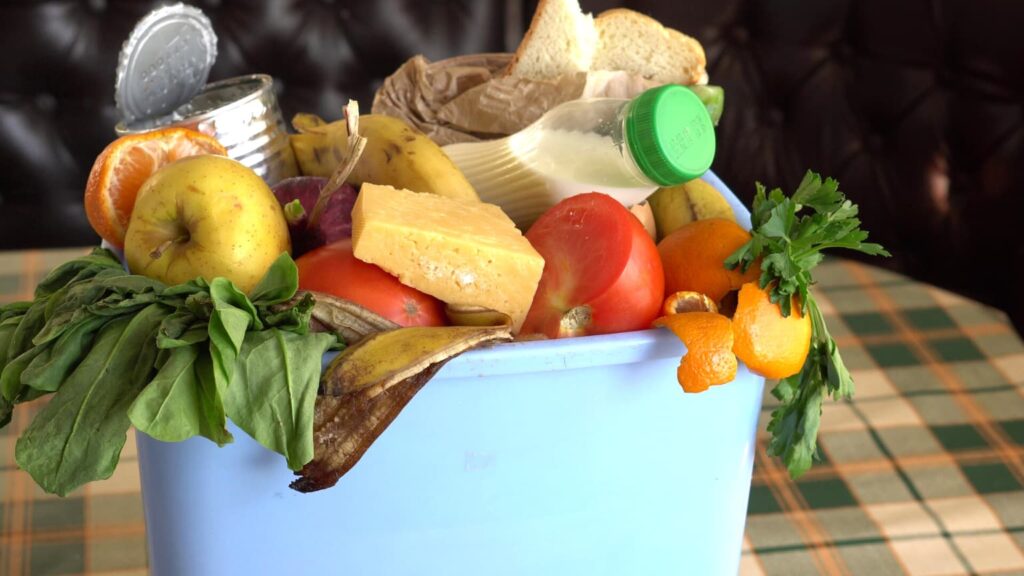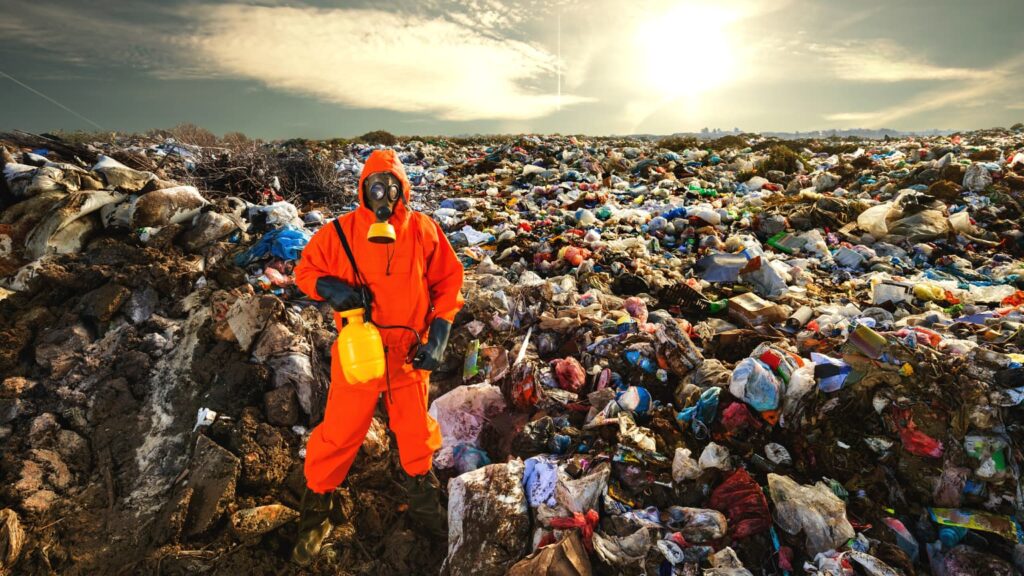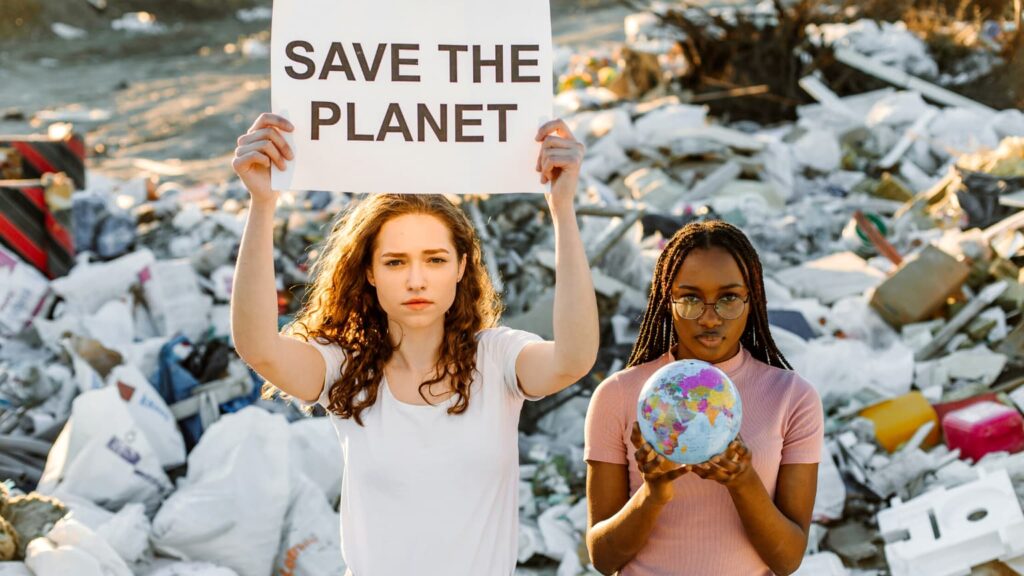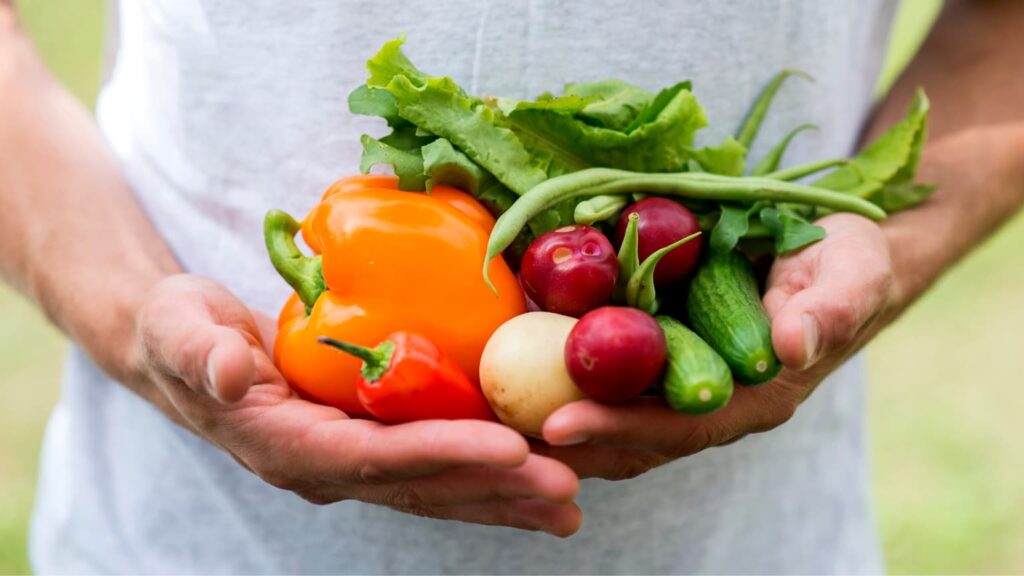The topic of “food waste” has been a hotly contested debate in recent years. Many people agree that food waste in developed nations, especially the United States, is a significant concern. However, these discussions often center around the economic impacts of food waste.
While the financial repercussions of food waste are important, these concerns are only part of the equation. Food waste also harms the environment and humans around the globe.
To truly understand the costs of food waste, it’s essential to view the topic through the lenses of both economics and environmental sustainability.
Economic Costs of Food Waste

According to the United States Department of Agriculture, Americans waste approximately $161 billion in food annually. This figure only accounts for waste at the consumer and retail levels.
For context, waste by retail and consumers has been estimated to be nearly one-third — 31% — of total U.S. food waste. If we triple the food waste approximation listed above, that translates to more than $480 billion in waste annually.

These figures tell us that Americans spend billions of dollars on food only to throw out large quantities of products each week. Imagine the economic impacts if these funds were spent to support local businesses or inject resources back into the market.
Environmental Costs of Food Waste

The economic costs of food waste are staggering. However, the environmental impacts of food waste are even more eye-opening.
According to Forbes, about 1.3 billion tons of food is wasted worldwide every year. Similar to the figures we see in the U.S., this accounts for about one-third of total global food production. Much of this food ends up in landfills, although a new trend known as food upcycling is helping to alleviate some food waste.

The rotting food that fills landfills around the globe emits massive amounts of methane gas. Methane causes more atmospheric harm than carbon dioxide by a wide margin. In total, rotting food is responsible for about 70 billion tons of greenhouse gas emissions per year, representing about 8% of total global emissions.

Cumulatively, global food waste-related emissions produce more greenhouse gasses than all but two nations — China and the United States. This reality means that food-waste emissions produce more greenhouse gasses than huge nations like India, Russia, and Brazil.
Food waste-related emissions are primarily attributed to rot. However, there are other ways that this issue contributes to emissions. Discarding food waste places, a significant strain on disposal resources like garbage trucks, landfills, and incinerators.
How Technology Can Improve Food Security and Reduce Waste?

While these food waste statistics might sound incredibly bleak, a variety of emerging technologies have the potential to reduce waste, increase food security, and decrease emissions.
The most valuable tool in the fight against waste is using blockchain in food supply chain management.

Blockchain technology is primarily associated with cryptocurrency. However, we can also use this technology to create immutable records of food supply chain journeys. These records shed light on where the food originated and the journey it took to local retailers.
Food tracing with blockchain can reduce waste in several meaningful ways.
First, food tracing can reduce waste and decrease the environmental cost of producing food products by increasing supply chain transparency. Conscientious consumers and retailers can use this information to partner with supplies that use sustainable growing practices.
Blockchain food-tracking technology can also expedite the delivery of products. Manufacturers, farmers, distributors, and retailers can get food into the hands of consumers more efficiently.
This speed is critical when dealing with perishables like milk, cheese, eggs, raw meats, fruits, and vegetables. Blockchain tracing means fewer foods will expire due to inefficient delivery methods or supply chain delays.
Blockchain can also provide valuable insights into the efficacy of shipping and storage methods. Retailers and manufacturers can use this information to identify potential inefficiencies so that they can take action to remedy these issues.

By reducing food waste through blockchain, retailers and manufacturers can ameliorate losses and improve their bottom lines. They can also waste less energy producing, storing, shipping, and distributing foods that will never make it to retailers.
From the consumer’s perspective, blockchain in the food supply allows each person to make smarter purchasing decisions.
Manufacturers can use blockchain in food supply to educate consumers on trending topics. These efforts will empower consumers to do their part to combat the economic and environmental impacts of food waste.
How Farm to Plate Is Working to Reduce Food Waste?
Innovative companies like Farm to Plate are connecting food manufacturers, suppliers, and retailers with the blockchain technology they need to contend with waste, reduce emissions, and enhance food security.
If you would like to learn more about Farm to Plate’s efforts or our technology, connect with our team today, or discover how blockchain works and its other uses in our blog library.
Pramod Sajja, CEO & President at Paramount Software Solutions (farmtoplate.io).
